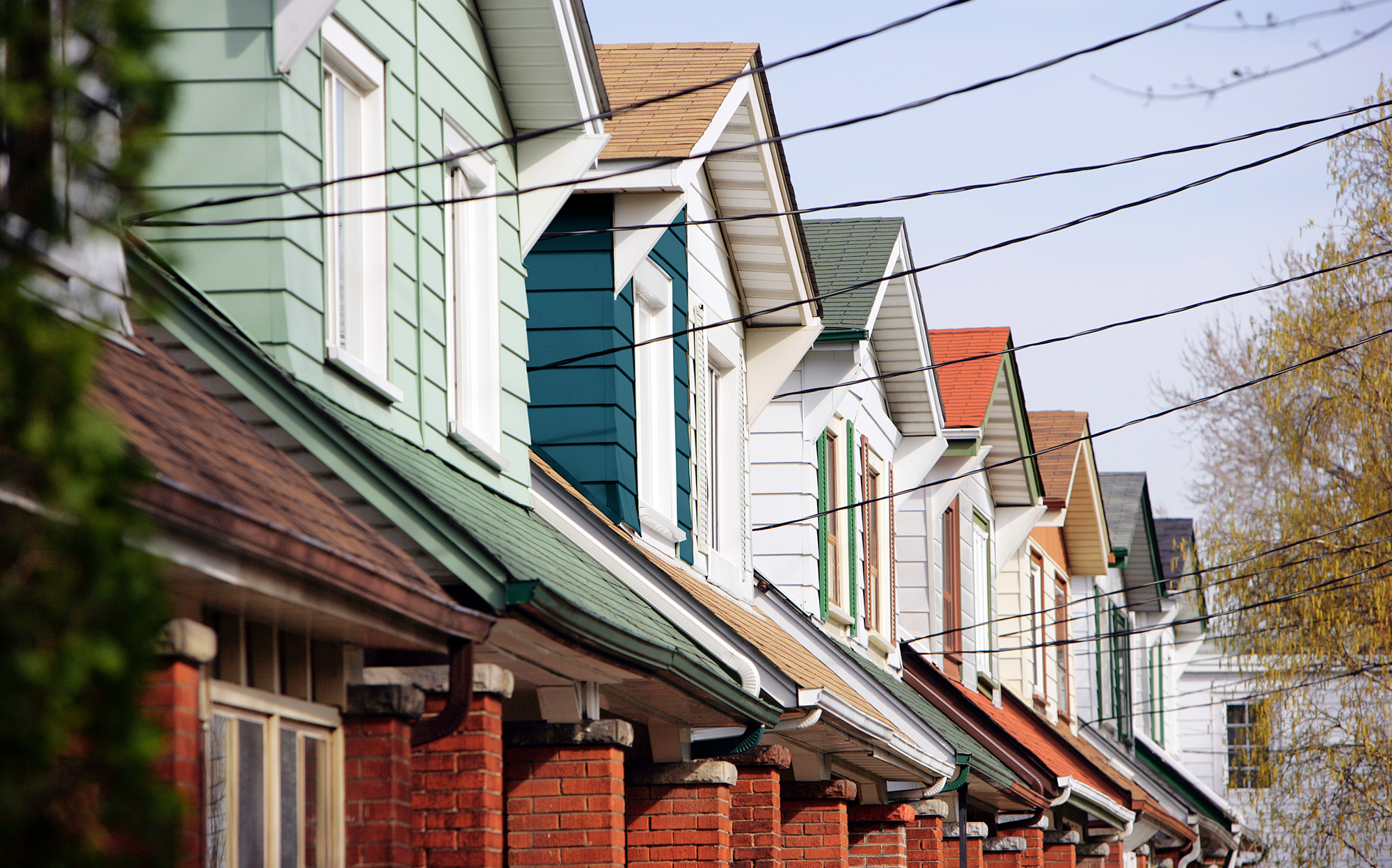In Ontario, more than 45,000 seniors with complex health issues are waiting to be admitted into long-term care homes, which provide the round-the-clock nursing and specialized care they require.
This waiting period can last 6 months, or in some cases years, and is expected to get worse as the province’s aging population grows. According to the Ontario Long Term Care Association (OLTCA), the waitlist could increase to 48,000 seniors by 2029—a number which already accounts for the new 30,000 long-term care beds the government promised to deliver by 2028.
At the same time, the City of Toronto has seen a wave of long-term care home closures in recent years. The high cost of retrofitting buildings to meet the province’s new standards has played a role in many of these closures.
“The government wants to increase the number of beds, but many long-term care facilities are worried about renewing their license,” says Aleksandra Grzeszczuk, CEO of Copernicus Lodge Foundation – a nonprofit registered charity in Toronto that provides long-term care and affordable housing for seniors.
“The biggest challenge is financing. To be approved you have to show money up front for the new beds or renovations, but it’s not reasonable for nonprofits to front the construction cost.”
In the case of older facilities, operators might not be able to pay for the cost of rebuilding or retrofitting their property so it can meet the province’s standards for license renewals – which can result in owners having to evict their residents and sell their property.
“Supporting nonprofit long-term care operators like Copernicus Lodge is crucial,” emphasizes Kevin Corbett, Senior Manager, Business Development and Commercial Real Estate at Vancity Community Investment Bank (VCIB). “When a facility closes, it doesn’t just mean seniors are losing their homes; they’re also losing vital healthcare and the sense of community that keeps them connected and safe.”
Paving the way for positive change
Headquartered in Toronto, VCIB is the only bank in Canada that is exclusively focused on financing projects that have a positive societal or environmental impact. To help long-term care homes renew their license, VCIB offers reconstruction and redevelopment loans that are flexible and tailored to nonprofit housing organizations.
“Renewing our license in 2030 shouldn’t be a challenge for us because of our more modern facilities, but we needed a more affordable financing solution,” says Aleksandra.
To support Copernicus Lodge, VCIB provided a $9.5 million mortgage to assist with the refinancing of their facility, which is located at the heart of Toronto’s Polish community and offers 228 long-term care units and 200 affordable housing apartments for seniors.
Recognizing the pressing needs of the local community and the challenges that lie ahead, Aleksandra comments “Our mission to serve is essential, and the demand for senior care and affordable housing continues to rise each year. It’s imperative that we take action now.”
“Finding a financing partner that would walk alongside us on this journey was really important for us,” she says. “VCIB is a true partner, they are familiar with nonprofits’ needs and they offered lots of flexibility.” Aleksandra adds,
“VCIB was always transparent about the status of our application, and they helped answer questions for our board of directors. We could tell they wanted to help; we were not just another client.”
***
Learn more about VCIB’s social purpose real estate financing in our website. If interested in chatting with VCIB about your financing needs, get in touch.





